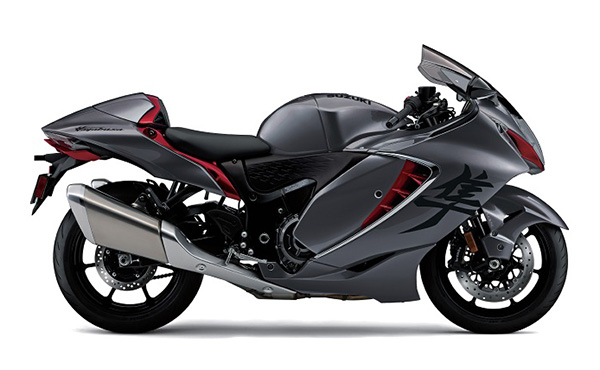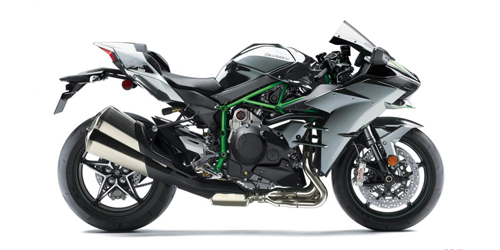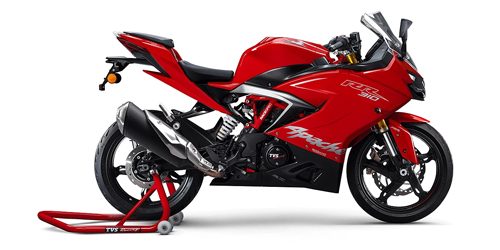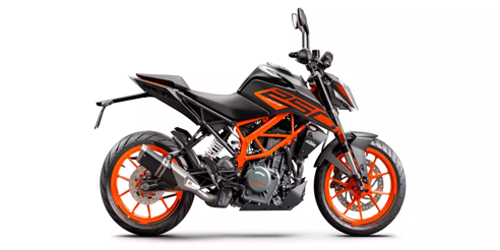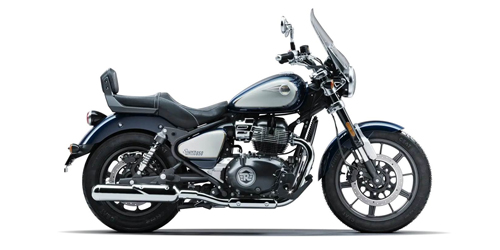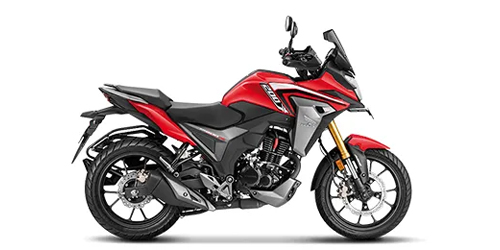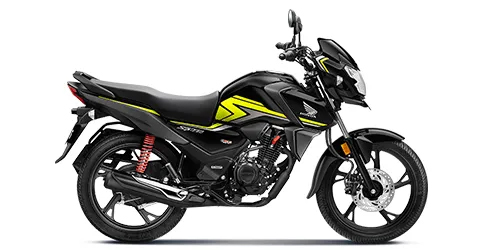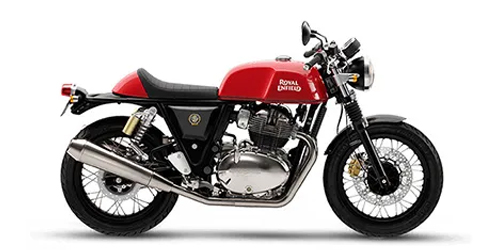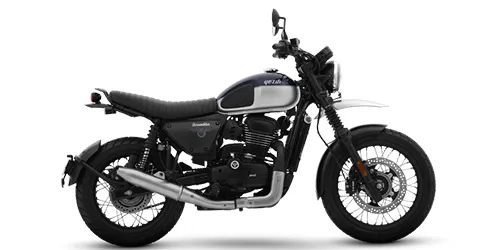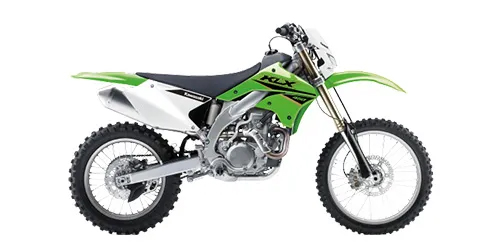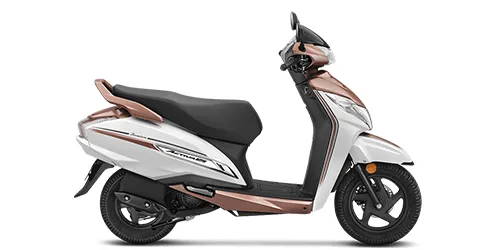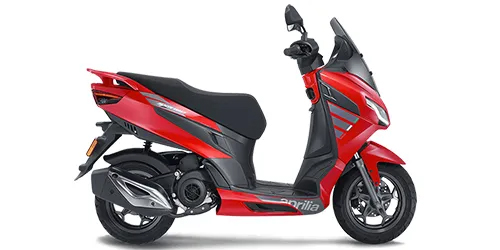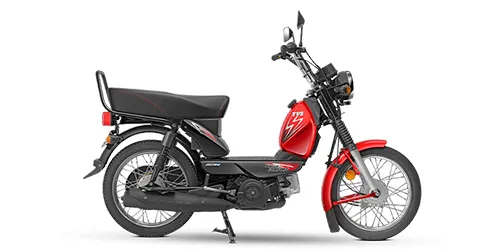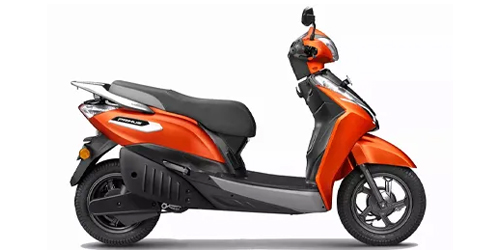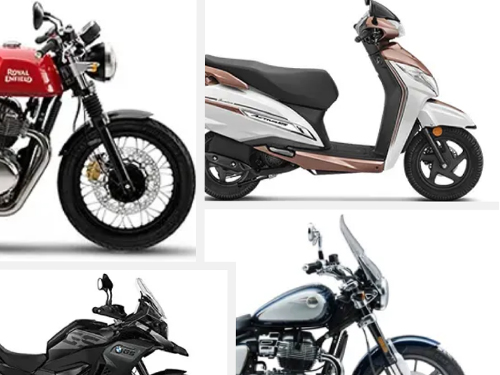
Long story short: In short, this guide will help you explore the different types of motorcycles and scooters by type and fuel. Discover which motorbike best suits your needs.
Motorcycles are India’s primary mode of transportation for most people, ranging from those with very low incomes to the rich. Owning a motorcycle is a dream most people wish to come true. Following the COVID-19 outbreak, the market share of motorcycles has surged due to a decline in confidence in public transportation.
People are now using private vehicles more than public transport. In many developing countries, motorcycles are popular because they are cheaper to maintain. In India, most families have lower monthly incomes compared to other countries.
In the 1990s, there were only a limited number of motorcycle options available in India. But after the 1991 economic reforms, many new brands and models became available.
Today, companies compete hard to grow their market share. They achieve this by offering a diverse range of motorcycles to appeal to people of all ages, including women. In this article, we’ll look at motorcycles by body style and fuel type.
Key Takeaways
- A Hyper Bike is a motorcycle with an engine displacement of 1001cc or more. Built for exceptionally high speeds, it is designed to offer stability and touring comfort at top speeds. Example: Suzuki Hayabusa.
- A Cruiser motorcycle typically features an engine ranging from 250cc to 2000cc, prioritising low-end torque, comfort, and relaxed ergonomics, often with a retro aesthetic, making it ideal for paved roads and long journeys.
- Flex-fuel motorcycles can run on a blend of ethanol and petrol, offering a more environmentally friendly option than pure petrol engines. The Honda CB 300F is an example of a flex-fuel bike.
- CNG motorcycles are emerging as a cost-effective and cleaner alternative to petrol bikes, with Bajaj leading the charge in this segment. An example of a CNG motorcycle is the Bajaj Freedom 125.
- Maxi scooters are equipped with more powerful engines, ranging from 150cc and above to 850cc. They are the beefed-up version of conventional scooters. Maxi scooters are more comfortable, offer more space and storage, and are better suited for long distances compared to traditional scooters.
Types of motorcycles/motorbikes based on body style
The primary classification of motorcycles is based on body style, and there are 14 types of motorcycles categorised accordingly.
- Hyper Bike
- Super Bike or Supersport Bike
- Sports Bike
- Street Bike
- Cruiser
- Tourer
- Commuter
- Cafe Racer
- Scrambler
- Dirt Bike
- Adventure Bike
- Scooter
- Maxi scooter
- Moped
1. Hyper Bike
Hyperbikes have engines of 1001cc or more. They are designed for high speeds and also provide comfort for extended rides. These bikes are heavier than superbikes, which helps keep them stable at top speeds.
Example: Suzuki Hayabusa
2. Superbike or Supersport Bike
Superbikes, or Supersport bikes, are racing-style motorcycles you can ride on public roads. Their engines typically range from 600cc to 1000cc. Many have ‘RR’ in their names, meaning Racing Replica. These bikes prioritise performance and sporty design, and they are among the most expensive motorcycles in India.
Example: Kawasaki Ninja H2R
3. Sports Bike
Sports bikes have engines ranging from 250cc to 1000cc. They are less focused on performance than superbikes but offer a good mix of speed and comfort. Sports bikes typically have more torque at lower speeds and often feature a full fairing, making them practical for daily use.
Example: TVS Apache RR310
4. Street Bike or naked bike
Street bikes, also known as naked bikes, typically have minimal or no fairing and usually start at 125cc. They are made for city roads and daily traffic. Street bikes are more comfortable and fuel-efficient than sports bikes, and their higher ground clearance makes them a good choice for both beginners and experienced riders.
Example: KTM 250 Duke
5. Cruiser
Cruisers are built for long, comfortable rides. Their engines range from approximately 250cc to 2000cc, with a focus on power rather than speed. These bikes are not designed for high-speed riding, but they excel at lower speeds. Cruisers typically feature a classic design and are best suited for smooth, paved roads.
Example: Royal Enfield Super Meteor 650
6. Tourer
Tourer bikes are similar to cruisers but can also be used for off-road riding. They work well on both city streets and rough roads. Tourers come with many features for travel, look modern, and are always comfortable. Most have engines of 350cc or more and are partly uncovered.
Example: Honda CB 200X
7. Commuter
Commuter bikes have engines ranging from 50cc to 150cc. They are comfortable and easy to use in city traffic, making them perfect for short trips. These bikes offer good mileage, require minimal maintenance, and feature seats designed for everyday city use.
Example: Honda SP 125
8. Cafe racer
Cafe racers originated in London during the late 1950s and early 1960s. Riders would modify standard bikes for speed and handling, making them great for quick, short rides between cafes. The style is simple and has a classic, retro feel.
Example: Royal Enfield Continental GT 650
9. Scrambler
A scrambler is an older term for a dirt bike with an engine up to about 650cc, made for rough tracks and small jumps. Unlike regular dirt bikes, scramblers can also be used on roads. Dirt bikes are designed for off-road riding, featuring high seats, long suspension, wire wheels, knobby tyres, and high exhaust pipes.
Example: Yezdi Scrambler
10. Dirt Bike
Dirt bikes are ideal for off-road riding and are easily identifiable. They have high suspension, lots of ground clearance, and raised exhausts. These bikes are lightweight, handle well, and feature a simple, stripped-down design.
Example: Kawasaki KLX 450R
11. Adventure or ADV bikes
Adventure bikes are similar to touring bikes, but they offer better suspension and off-road tyres. They are all-purpose bikes that can handle any road and are great for long trips. However, they are not ideal for daily city commutes. Most adventure bikes have engines starting at about 650cc.
Example: BMW F900 GS Adventure
12. Scooter
Scooters typically have engines ranging from 100cc to 150cc and are designed for city travel. They have a flat platform for your feet, can carry a lot of cargo, and are gearless, making them easy and comfortable to ride. Scooters are popular for their great mileage and low maintenance costs, especially among low- and middle-income families.
Example: Honda Activa 125
13. Maxi scooter
Maxi scooters have engines ranging from 150cc to 850cc, and are larger and more powerful versions of regular scooters. They offer more comfort, space, and storage, making them better for long trips. Most have a longer wheelbase, a bigger frame, and a windshield.
Example: Aprilia SXR 160
14. Moped
Mopeds are small scooters with engines under 50cc. They started as bicycles with motors, which is where the name comes from. Mopeds are best for very short city trips and carrying small loads. They are cheap to maintain, get great mileage, and are especially popular in rural areas because they are the most affordable type of motorcycle.
Example: TVS XL 100
Types of motorcycles/motorbikes based on fuel type
Motorcycles can also be grouped by the type of fuel they use:
1. Petrol
Petrol motorcycles remain the most common in India due to their widespread availability and excellent performance. However, as people become increasingly concerned about the environment, other fuel types are gaining popularity.
2. Flex-Fuel
Flex-fuel motorcycles can run on a blend of ethanol and petrol, offering a more environmentally friendly option than pure petrol engines. The Honda CB 300F is an example of a flex-fuel bike.
3. CNG
CNG motorcycles are emerging as a cost-effective and cleaner alternative to petrol bikes, with Bajaj leading the charge in this segment. An example of a CNG motorcycle is the Bajaj Freedom 125.
4. Electric
Electric motorcycles are gaining popularity because they don’t produce emissions and utilise the latest technology. They are a good, eco-friendly choice for city travel.
FAQ related to different types of motorcycles/motorbikes
1. What is a Hyper Bike?
A Hyper Bike is a motorcycle with an engine displacement of 1001cc or more. Built for exceptionally high speeds, it is designed to offer stability and touring comfort at top speeds. Example: Suzuki Hayabusa.
2. How are Superbikes or Supersport Bikes different from Sports Bikes?
Superbikes are racing-inspired motorcycles with engines ranging from 600 to 1000cc, focusing on extreme performance and often labelled ‘RR’ (Racing Replica). Sports Bikes range from 250cc to 1000cc and offer a balance of performance and comfort with full fairings.
3. What type of motorcycles are best for city commuting?
A commuter motorcycle is a lightweight vehicle with an engine ranging from 50cc to 150cc, offering high fuel efficiency, easy maintenance, and comfortable seating for short urban trips. Examples: Honda SP 125, Hero Splendor Plus.
4. What are the characteristics of Cruiser motorcycles?
A Cruiser motorcycle typically features an engine ranging from 250cc to 2000cc, prioritising low-end torque, comfort, and relaxed ergonomics, often with a retro aesthetic, making it ideal for paved roads and long journeys.
5. Can Adventure bikes be used for city riding?
An Adventure (ADV) bike is a large, heavier motorcycle, generally starting from 650cc, designed for both on-road touring and off-road riding. It can be used in cities but is less manoeuvrable in urban traffic.
6. What defines a Street Bike or Naked bike?
A Street Bike, or Naked bike, is characterised by its upright riding position, minimal or no fairings, engine sizes starting at 125cc, and fuel efficiency for city riding, aided by higher ground clearance.
7. What is a Cafe Racer motorcycle?
A Cafe Racer is a minimalist, retro-inspired motorcycle designed for quick, short-distance rides. This style originated from London’s biker culture in the late 1950s. Example: Royal Enfield Continental GT 650.
8. What are Mopeds, and what are they used for?
A Moped is a two-wheeled vehicle with an engine of less than 50cc, originally based on pedal-powered bicycles. It offers low running costs and high fuel efficiency for very short city rides or small loads.
9. How are Electric motorcycles positioned in India?
An Electric motorcycle is a zero-emission vehicle, increasingly chosen for urban commuting due to low running costs. Concerns remain about range and charging infrastructure.
10. What are Maxi Scooters, and how do they differ from regular scooters?
A Maxi Scooter is a scooter with an engine of 150cc or more, featuring increased space, comfort, storage, a longer wheelbase, and a windshield. These features make it suitable for longer journeys compared to ordinary scooters.
Other related articles from Bikeleague India
- Motorcycle engine – Understanding the different types
- Diesel bikes in India: Why are they absent on Indian roads ?
- Oversquare vs Undersquare vs Square Bike Engine – Which wins?
- Adventure bikes vs Touring bikes which one is the best
- Electric scooter vs Petrol scooter – Which is best
Conclusion
In this article, we covered the different types of motorcycles based on:
- Body style
- Fuel type
If you have any questions, feel free to email us at bikeleague2017@gmail.com or leave a comment below. We’re always happy to help. You can also connect with Bikeleague India on our social media platforms.

